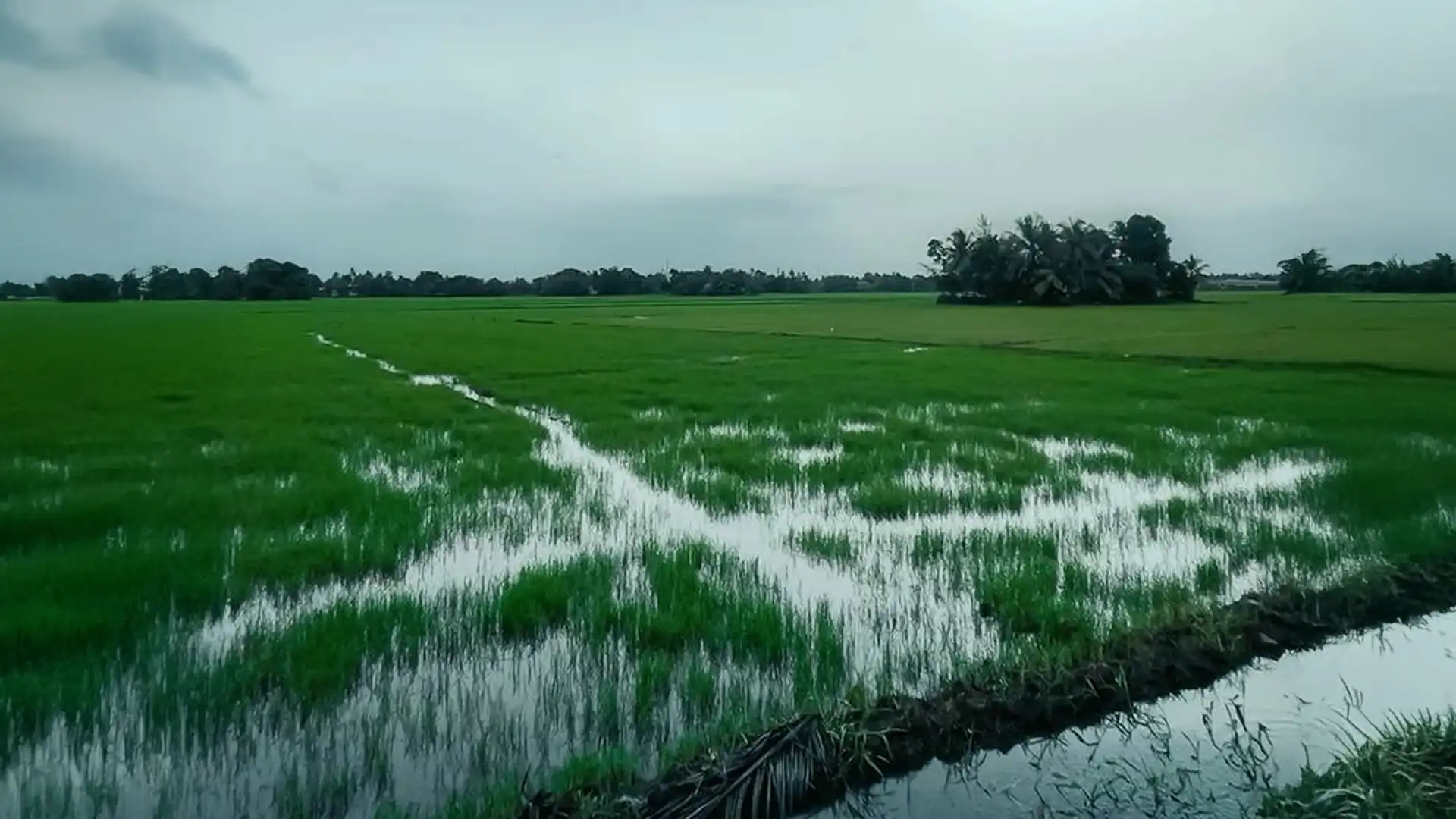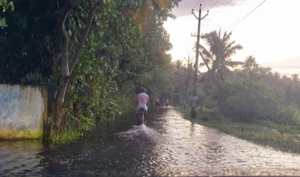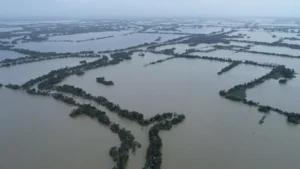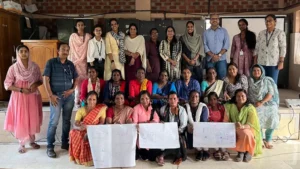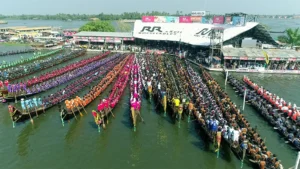A Field Study on Leadership and Institutional Coordination in Vembanad’s Restoration
One of India’s most vital wetlands is dying, and nobody can agree on who should save it. Vembanad Lake in Kerala supports millions of livelihoods through agriculture, fishing, and tourism, yet it’s choking on pollution and silt while multiple government agencies point fingers at each other. This isn’t just an environmental crisis, it’s a governance puzzle.
When I arrived in Alappuzha, Kerala, a region famed for its backwaters and ecological richness, I stepped into more than just a biodiverse landscape.
As part of my academic capstone project under the MA in Cities and Governance program, I had the opportunity to work alongside a local policy forum engaged in the rejuvenation of Vembanad Lake. What unfolded over the next sixteen weeks was not just an academic exercise, but a deeply insightful experience into the realities of environmental governance in India.
A Lake in Crisis - and a Governance Puzzle
Vembanad Lake stretches across multiple districts, supporting countless communities and species. But beneath its scenic backwaters lies a system under siege: industrial pollution, agricultural runoff, rampant siltation, and conflicting land uses are slowly strangling this ecological lifeline.
The environmental crisis, however, is only half the story. The real challenge lies in the institutional maze trying to address it. Government departments, scientific bodies, local governments, and community groups all have a stake and a say in the lake’s future. Each operates with different priorities, interests, and approaches, creating a coordination nightmare that mirrors the complexity of the ecological crisis itself.
This led me to a crucial question: In such a complex system, can effective governance emerge, and if so, how?
Focusing on the District Collector
What stood out in the governance landscape of Vembanad was the role of the District Collector of Alappuzha. As a key administrative figure, the Collector served as a bridge between all isolated bodies.
My research explored how the Collector’s leadership emerged as a critical bridge between fragmented departments, scientific experts, and local initiatives. This single office seemed to hold the potential to weave together the disconnected threads of environmental management. But could one person, however powerful, really coordinate such a complex web of actors and interests over the long term?
Observations from the Field
Over my research period, I gained insights into how coordination is playing out on the ground. Here are a few key reflections:
- Leadership drives action – but is it sustainable? Much of the coordination hinged on the initiative and commitment of the sitting Collector. While this brought short-term energy to the process, it raised questions about what happens when leadership changes.
- Data was plenty, but dialogue was limited. Departments collected valuable information, but rarely shared it with each other. This lack of horizontal communication hindered informed, collective decision-making.
Community voices were under-represented. While decisions directly impact farmers, fishers, and local residents, structured mechanisms for their participation were limited.
A Learning Experience Beyond the Classroom
This experience taught me that environmental governance isn’t just about creating the right policies or securing adequate funding. It’s fundamentally about people, power dynamics, and institutional processes, all constantly negotiating, sometimes aligning, but often colliding in unpredictable ways.
I witnessed firsthand how concepts I’d studied in theory, polycentric governance, convergence platforms, institutional coordination, actually function in practice, complete with their messy imperfections and human limitations.
The Deeper Lessons from Vembanad
My research revealed that Vembanad Lake’s challenges extend far beyond environmental degradation.The system needs institutional clarity about roles and responsibilities, shared accountability mechanisms that transcend departmental boundaries, and governance structures that can maintain momentum beyond individual leadership tenures.
Most critically, it needs inclusive platforms that bring together the diverse voices in meaningful dialogue rather than parallel monologues.
Looking Forward: What This Means for Environmental Governance
The lessons from Vembanad are beyond one lake or one district. As India grapples with environmental challenges from the Yamuna to the Western Ghats, the coordination dilemmas are playing out nationwide.
Effective environmental governance will require three critical shifts, institutionalizing coordination mechanisms that don’t depend on individual leadership, creating formal information-sharing protocols between departments, and establishing meaningful participation channels for affected communities.
This capstone project wasn’t just about contributing to policy research, it was about witnessing the evolving nature of governance in complex ecological systems and understanding how we might build more resilient, inclusive approaches to environmental management.
Sometimes the most important insights come not from what’s working, but from understanding why coordination remains so difficult, and what that teaches us about building better systems for the challenges ahead.
This blog is based on an academic capstone project under the MA in Cities and Governance program at TISS, Hyderabad, in collaboration with the Living Lab Alappuzha(an initiative by IIB) and TAGS Forum.

